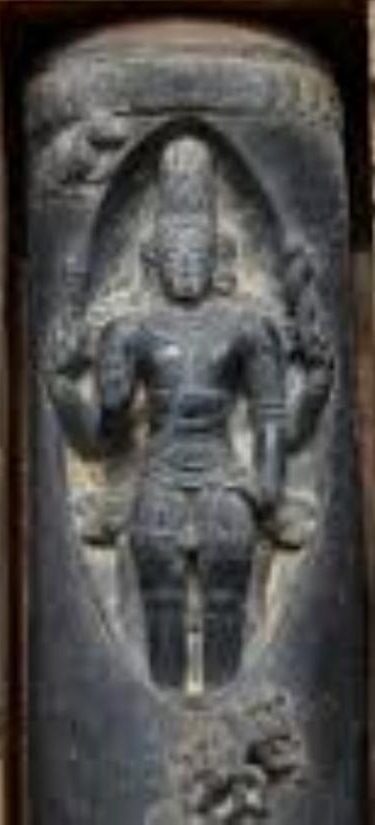Tirupur in Tamil Nadu, the knitwear capital of South India, is literally carving a niche for itself in stone and has enough reasons to smile as most of the gods and goddesses that adorn the temples overseas were born in this town.
The alleys of Tirupur are thriving of manufacturing units of sculptures and its thousands of stone-working units turn out beautiful stone sculptures or ‘murtis’, mostly patterned after typical prototypes of Hindu gods and goddesses. These sculptors varying from 2 ft-6 ft embrace a tradition of myth and belief and seem to have become a part of the social culture of the people of Tamil Nadu and have a sense of the art being elevated to a sublime level. The units buy the stones from Belur in Karnataka and make sculptors as per the order.


Tirupur is a familiar name for stone murtis of Hindu gods and goddesses to temples abroad demand coming in from all over the world around 40-45 units are engaged in this business here, gainfully employing about 2,000 people. The exquisitely chiselled statues, beams and pillars speak volumes for the workmanship of the sculptures in this town. This unorganised sector generates business worth about Rs.1 crore per annum with the price of statues varying dramatically, from a mere Rs. 5000 to over Rs. 1 lakh per piece.
South Indian culture is always celebrated in the dance forms and the sculpters were one of the finest medium of expression after dance. Even though it have a sthaayi bhava it is possible to express the three dimensional form. The sculpters from Thiruppur depicts different dance steps and styles and have served to revieve and preserve dance.
The traditional South Indian sculptor starts his sculpting of the divinities from the navel. Every piece of stone passes through his hand with skill and mind with creativity made it beautiful. A koshta or grid of the sculpture would show the navel to be right at the centre of the sculpture, representing the source of the union of the finite body and the infinite universe. The South Indian world view is essentially, the celebration of the eternal universe through the celebration of the beauty of the body and motherhood. It is exemplified through dance, clothing and of course, these sculptures.
